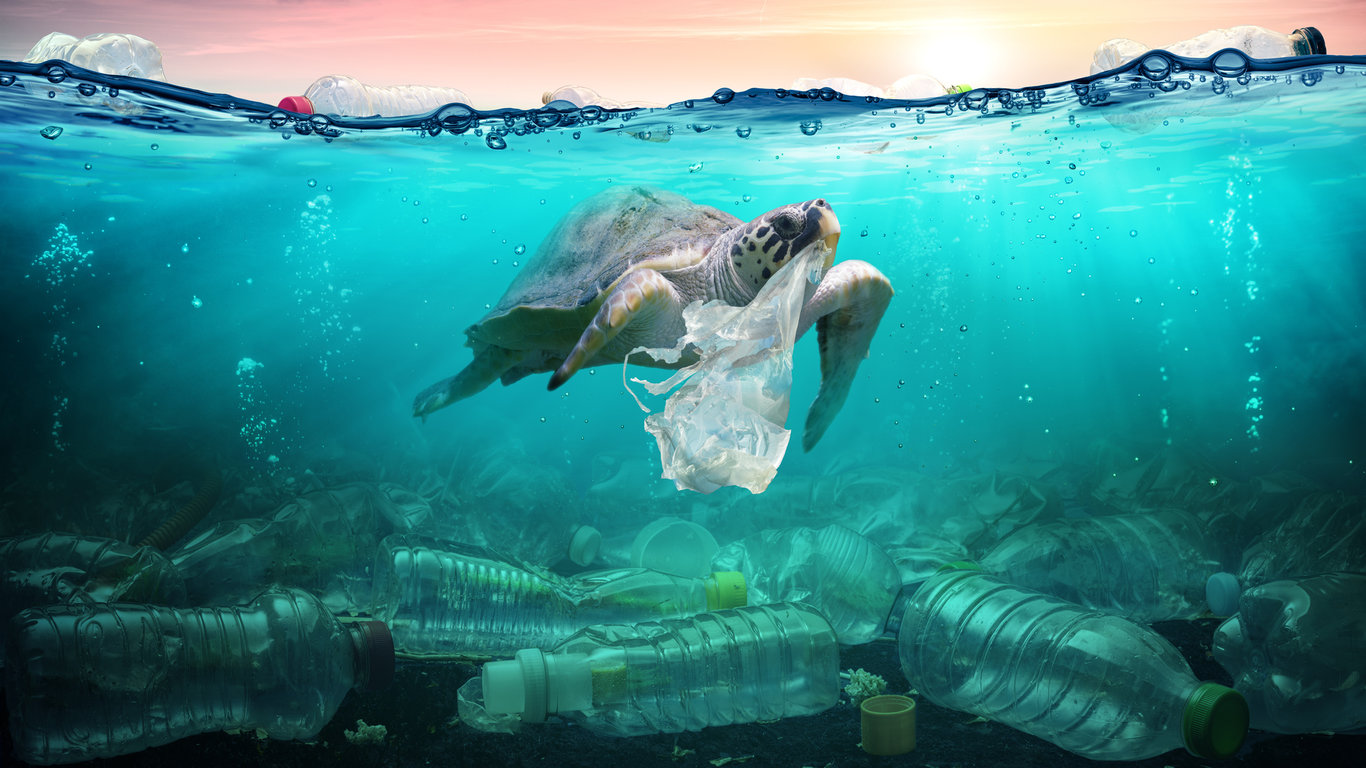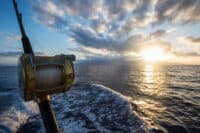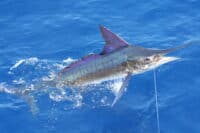
In the 1967 coming-of-age rom-com “The Graduate,” a family friend tells recent college graduate Benjamin Braddock (played by a young Dustin Hoffman) that he should pursue a future in the plastics industry. In the scene, plastics represent the bland and artificial future of a corporate career that Braddock so desperately wants to avoid.
The memorable scene hints at something most of us have known for a while: that despite all of the innovations that have come with the versatile petroleum-derived material, plastic has a dark side, especially amid our modern throwaway lifestyle. (But innovations can be helpful, too. Some genius creators, for example, can stop us from using so much plastic.)
A group of researchers studying the bottom of the Mariana Trench – a deepwater 1,500 mile crescent-shaped gash in the Earth’s crust – discovered how far our disposable plastic materials have been penetrating the environment and wreaking havoc on natural ecosystems.
Diving in his submersible vessel to nearly 7 miles below the surface of the Pacific Ocean east of the Philippines, Dallas businessman and deep-sea explorer Victor Vescovo found a plastic bag and plastic candy wrappers floating aimlessly among the alien-like species of this deep-water environment. The discovery was the third time disposable plastic material has been documented in the region, establishing concrete evidence that plastic is travelling from convenience store shelves to the planet’s deepest regions.
Scientists who reviewed a database of photos and videos from more than 5,000 dives over 30 years found that plastic was the most prevalent human-made debris in the oceans. Other common debris includes rubber, metal, cloth, and glass. Notably, the study found that more than nine out of 10 plastic objects in the world’s oceans are for single use, such as plastic shopping bags, disposable water bottles and caps, and eating utensils.
Because of their molecular structure, plastics are notoriously resistant to decomposition. Flimsy single-use shopping bags can take 20 years to break down naturally in landfills. Water bottles can reside in the environment for up to 450 years. While the Great Pacific Garbage Patch and other similar phenomena have captured the public’s attention, the problem is far more nuanced as in the oceans, exposure to UV rays and natural erosion breaks plastic into smaller and smaller fragments, which presents even greater challenges.
Evidence suggests that most plastic fragments near the surface of the ocean are smaller than 5 millimeters in size, about the size of a pencil’s eraser tip. These microplastics can enter the food chain when they are consumed by small crustaceans and other creatures, and they can wind up in the food, water, and even sea salt humans consume. In addition, reports abound of larger plastic fragments killing sea life, including whales, sea turtles and birds. Such pollution may have contributed to the recent extinction of several species.
For today’s young college graduates seeking more fulfilling futures than the ones offered by the industries that make, promote, and market the use of single-use plastic, they could do worse than pursue careers in solving the planet’s plastic pollution problem.
First and foremost we need, of course, to curb destructive personal habits. Recycling, buying products with less packaging, and avoiding disposable products are each among the 30 ways to make your life more environmentally friendly.
A number of states even pay you to recycle.
It’s Your Money, Your Future—Own It (sponsor)
Are you ahead, or behind on retirement? For families with more than $500,000 saved for retirement, finding a financial advisor who puts your interest first can be the difference, and today it’s easier than ever. SmartAsset’s free tool matches you with up to three fiduciary financial advisors who serve your area in minutes. Each advisor has been carefully vetted and must act in your best interests. Start your search now.
If you’ve saved and built a substantial nest egg for you and your family, don’t delay; get started right here and help your retirement dreams become a retirement reality.
Thank you for reading! Have some feedback for us?
Contact the 24/7 Wall St. editorial team.



